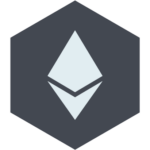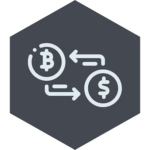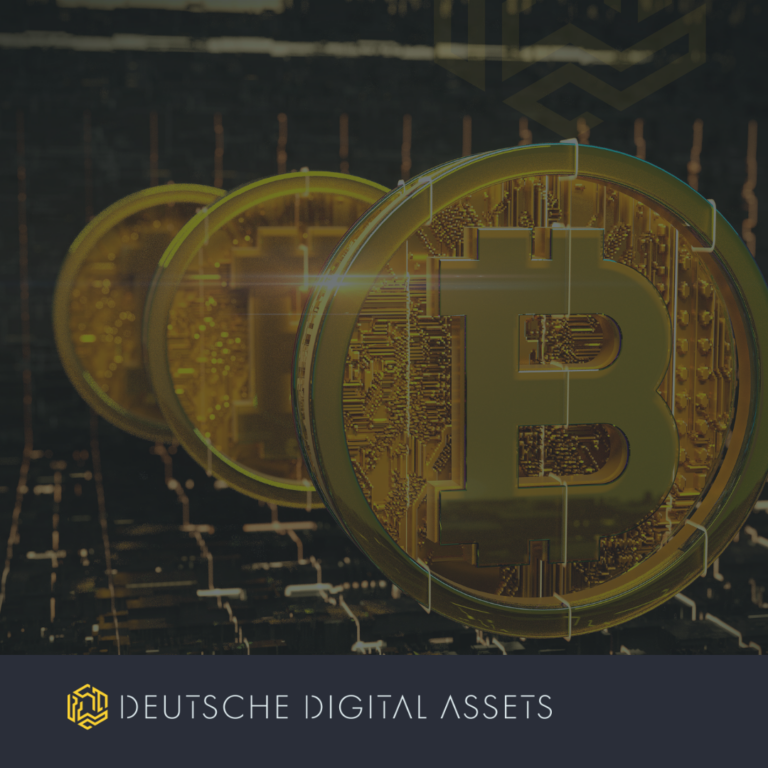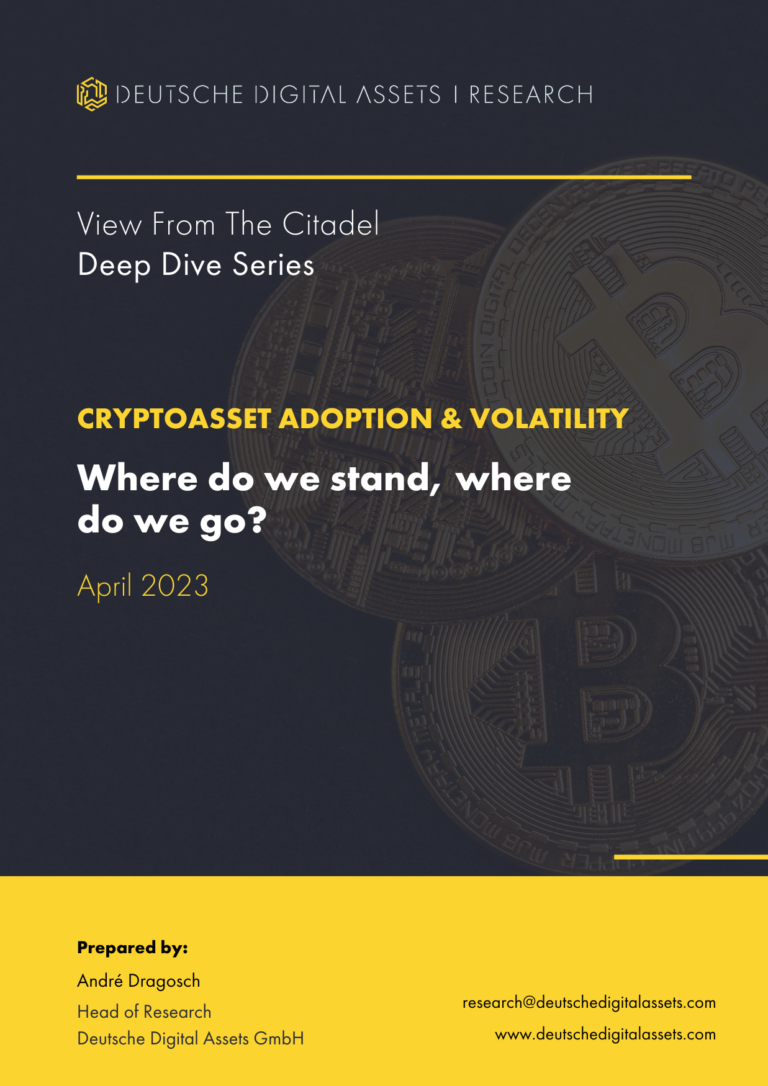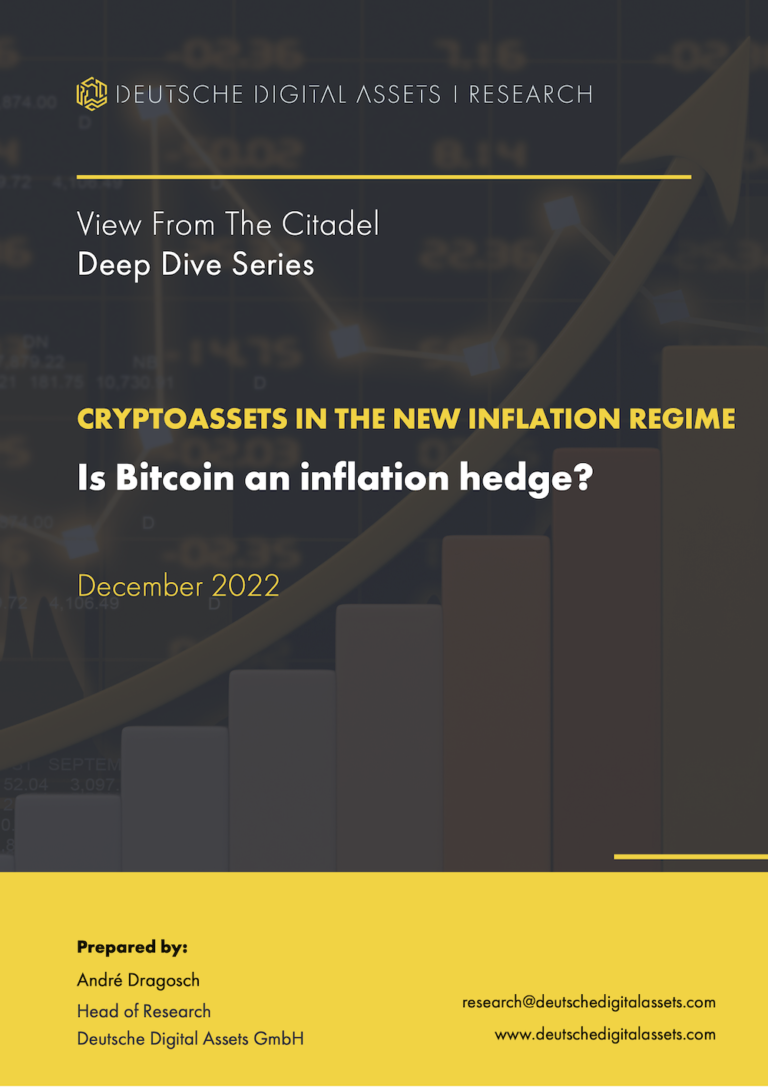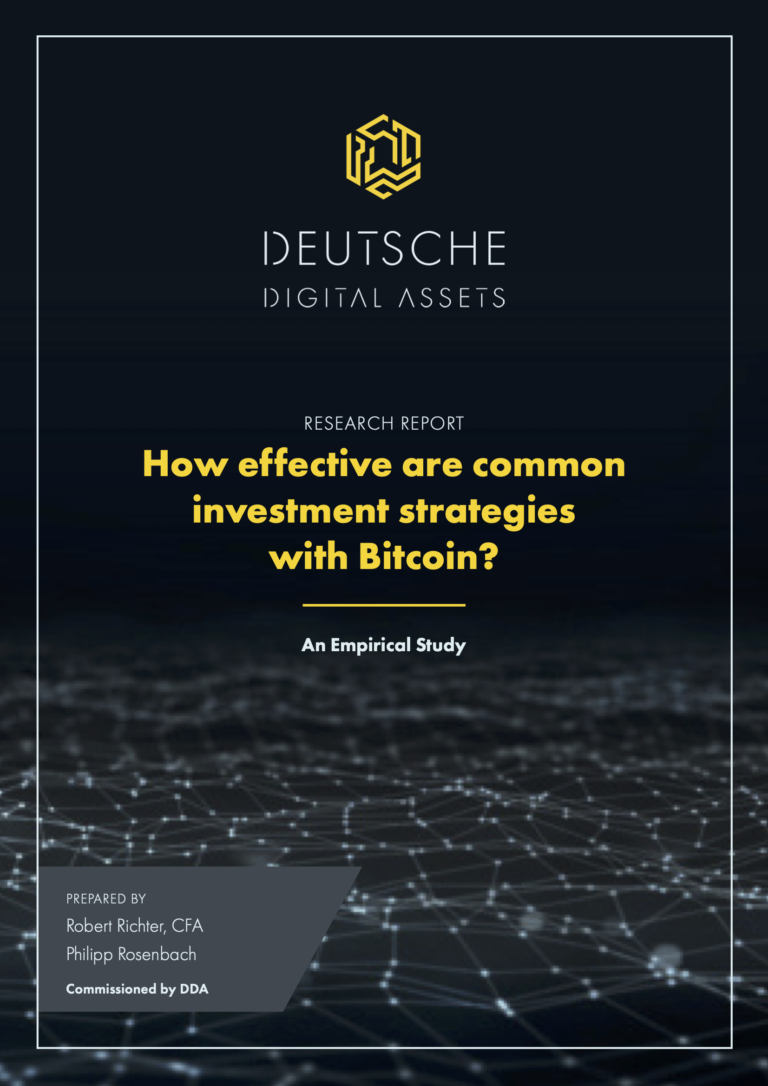
“Higher for longer” continues to be headwind for Bitcoin and Cryptoassets
DDA Crypto Market Pulse, September 25, 2023
by André Dragosch, Head of Research
Key Takeaways
- Last week, crypto assets were under pressure as the Fed delivered a hawkish pause
- Our in-house Crypto Sentiment Index remains in bearish territory
- Tight monetary policy will likely remain a negative factor for crypto assets in the near term
Chart of the week
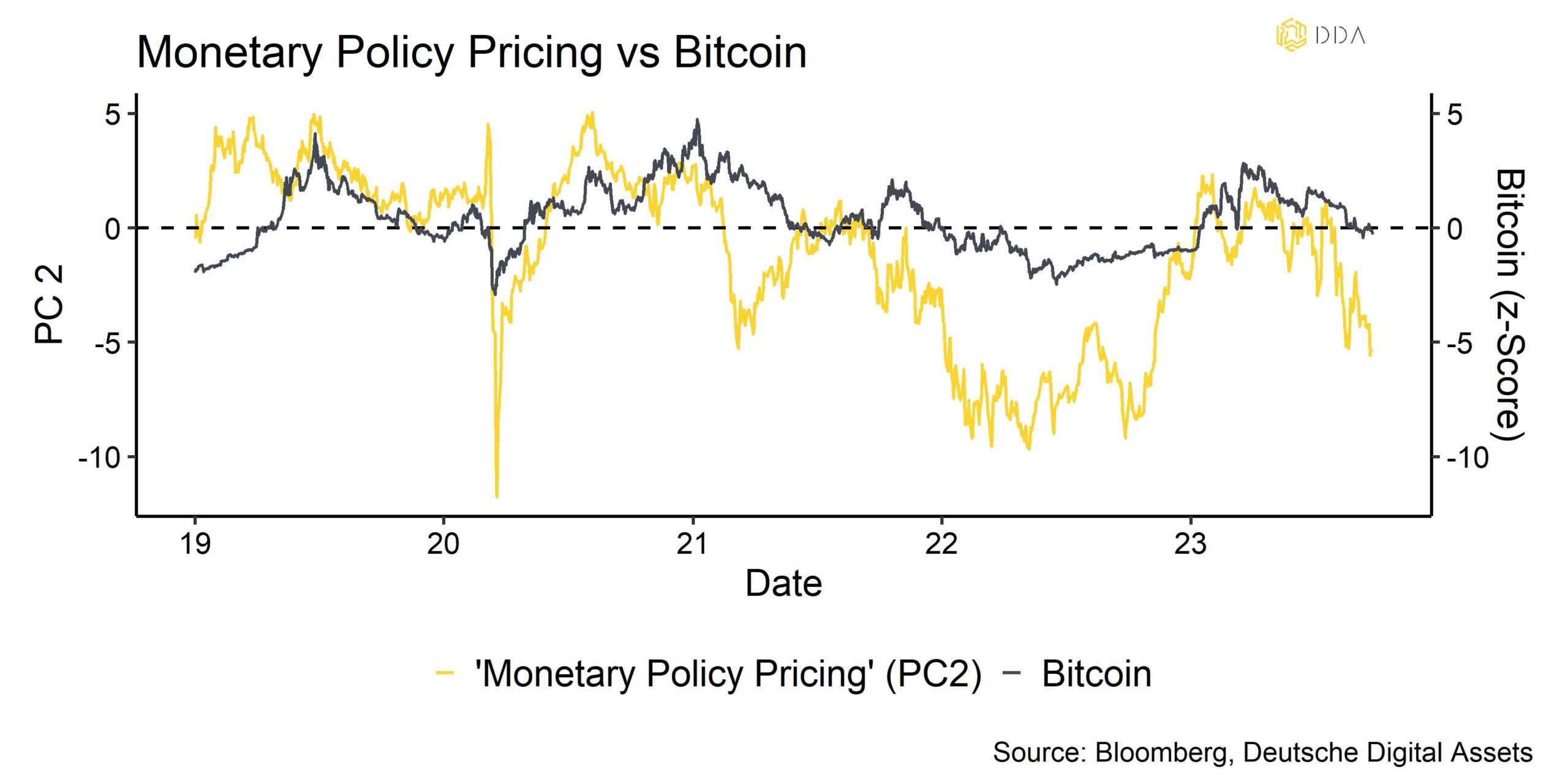
Cryptoasset Performance
Last week, crypto assets were under pressure as the Fed delivered a hawkish pause. Despite no increase in the Fed Funds Rate, Jay Powell’s rhetoric reiterated the Fed’s stance that interest rates will remain “higher for longer”. This has generally led to a darkening of overall financial market sentiment last week as equities generally underperformed crypto assets like Bitcoin and Ethereum. Our own measure of monetary policy as priced by financial markets also indicates that monetary policy has become even tighter in recent weeks which has likely exerted downside pressure on Bitcoin (Chart-of-the-Week).

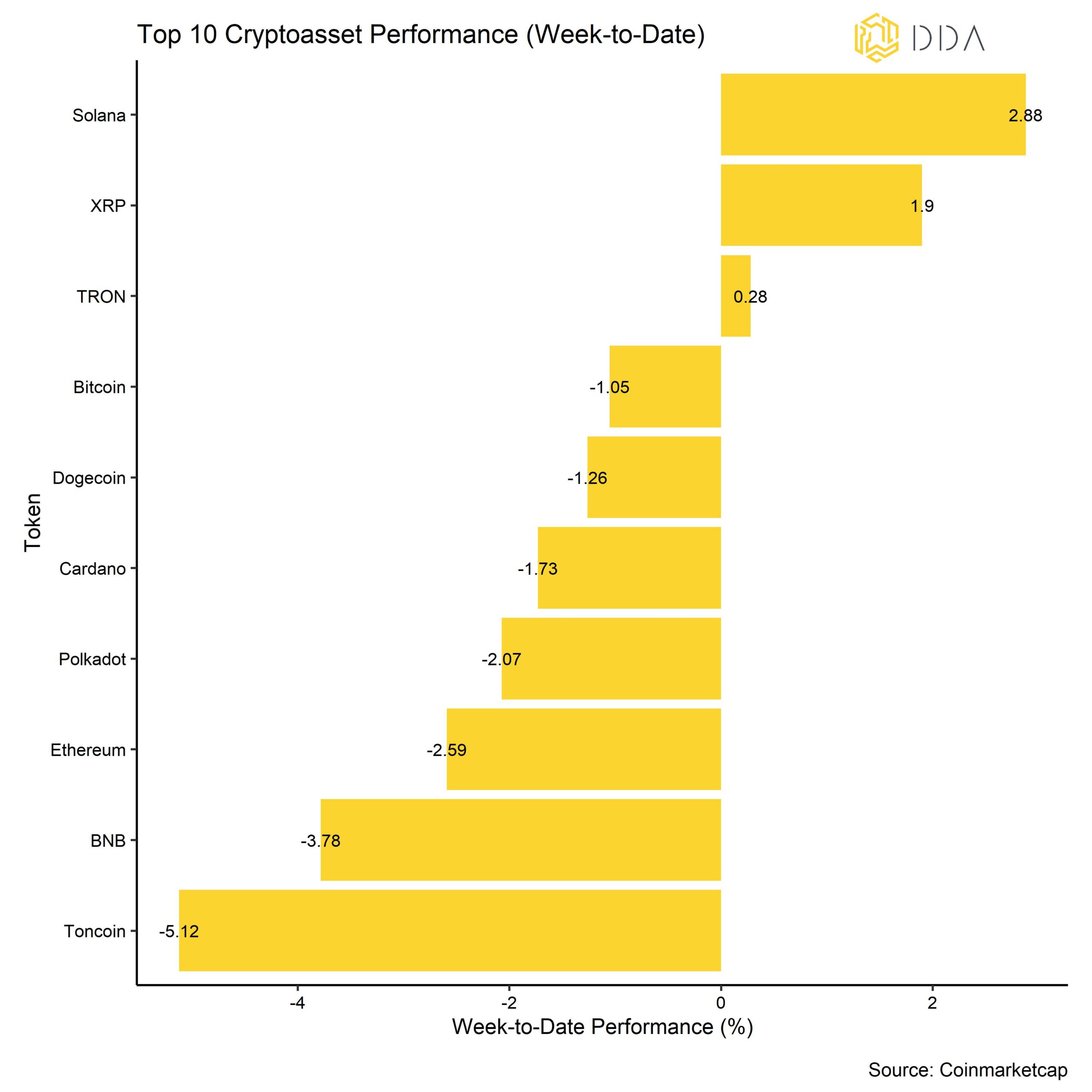
Among the top 10 crypto assets, Solana, XRP, and TRON were the relative outperformers.
In general, altcoin outperformance vis-à-vis Bitcoin has recently increased despite the negative performance last week. 60% of our tracked altcoins managed to outperform Bitcoin on a weekly basis.
Crypto Market Sentiment
Our in-house Crypto Sentiment Index remains in bearish territory. However, only 5 out of 15 indicators are above their short-term trend, so the majority of indicators is still bearish.
Compared to last week, we saw major reversals to the downside in the BTC 1-month 25-delta Skew and the Crypto Dispersion Index.
The Crypto Fear & Greed Index remains in “Neutral” territory as of this morning.
Performance dispersion among cryptoassets has decreased somewhat compared to last week.
In general, lower performance dispersion among cryptoassets implies that correlations among cryptoassets have increased which means that cryptoassets are trading more on systematic factors.
At the same time, as mentioned above, altcoin outperformance has increased significantly with 60% of altcoins outperforming Bitcoin on a weekly basis.
In general, altcoin outperformance goes hand in hand with an increase in crypto dispersion, i.e. Bitcoin and altcoins are generally trading up during “altseason” with altcoins outperforming Bitcoin. Broader altcoin outperformance is usually a sign of increasing risk appetite and broader altcoin underperformance a sign of increasing risk aversion.
Crypto Asset Flows
Last week saw minor net inflows into global crypto ETPs.
In aggregate, we saw net fund inflows in the amount of +1.3 mn USD (week ending Friday).
Most of these inflows focused on Bitcoin funds (+7.5 mn USD) and Altcoin ex Ethereum funds (+1.8 mn USD).
In contrast, both Ethereum funds and thematic & basket crypto funds experienced net outflows to the tune of -6.3 mn USD and -1.7 mn USD, respectively.
The NAV discount of the biggest Bitcoin fund in the world – Grayscale Bitcoin Trust (GBTC) – decreased slightly last week but continues to hover around -20%. In other words, investors are assigning a probability of around 80% that the Trust will be converted into a Spot Bitcoin ETF.
Furthermore, the beta of global crypto hedge funds to Bitcoin over the last 20 trading has moved sideways, implying that global crypto hedge funds have not significantly changed their market exposure to crypto assets.
On-Chain Activity
Overall, on-chain activity has worsened slightly over the last week, albeit from very high levels.
For instance, active addresses on the Bitcoin blockchain have decreased somewhat from their year-to-date highs observed last week. Similarly, new addresses on the Bitcoin blockchain have also decreased somewhat from their multi-year highs.
Bitcoin’s hash rate is also decreased slightly from its all-time highs seen last week.
Nonetheless, the number of addresses with non-zero balances has continued to move higher.
Meanwhile, exchange balances for both Bitcoin and Ethereum continued to drift lower. Bitcoin exchange balances are near their 5-year lows and Ethereum exchange balances have marked a fresh 7-year low. However, there was significant underperformance of Ethereum vis-à-vis Bitcoin that is currently being attributed to the fact that Ethereum’s net supply issuance has turned positive lately. This is because less ETH get burned relative to being issued as transaction throughput and gas fees have recently declined throughout the Ethereum network.
At the time of writing, ETH supply grows at +0.71% p.a. while -0.49% p.a. are being burned through the EIP1559 mechanism leading to a net issuance of +0.22% p.a. at the moment.
Cryptoasset Derivatives
Last week, open interest in the BTC futures and perpetual markets were mostly unchanged.
However, there was a sharp increase in BTC options open interest. Most of this option exposure seems to be geared towards calls as both relative open interest and trading volumes of puts vis-à-vis calls decreased.
However, the increase in the BTC 1-month 25-delta skew implies a relatively higher demand for out-of-the-money puts relative to calls.
In other words, while there was a generally a tendency towards higher upside exposure via calls, there seems to be a greater demand for downside hedges in deep out-of-the-money puts as well.
Shorter term implied volatilities on BTC options (up to 1 month) declined while longer term options’ (>= 3 months) implied volatilities increased slightly.
Bottom Line
Last week, crypto assets were under pressure as the Fed delivered a hawkish pause.
Our in-house Crypto Sentiment Index remains in bearish territory.
Tight monetary policy will likely remain a negative factor for crypto assets in the near term.
About Deutsche Digital Assets
Deutsche Digital Assets is the trusted one-stop-shop for investors seeking exposure to crypto assets. We offer a menu of crypto investment products and solutions, ranging from passive to actively managed exposure, as well as financial product white-labeling services for asset managers.
We deliver excellence through familiar, trusted investment vehicles, providing investors the quality assurances they deserve from a world-class asset manager as we champion our mission of driving crypto asset adoption. DDA removes the technical risks of crypto investing by offering investors trusted and familiar means to invest in crypto at industry-leading low costs.
Legal Disclaimer
The material and information contained in this article is for informational purposes only. Deutsche Digital Assets, its affiliates, and subsidiaries are not soliciting any action based upon such material. This article is neither investment advice nor a recommendation or solicitation to buy any securities. Performance is unpredictable. Past performance is hence not an indication of any future performance. You agree to do your own research and due diligence before making any investment decision with respect to securities or investment opportunities discussed herein. Our articles and reports include forward-looking statements, estimates, projections, and opinions. These may prove to be substantially inaccurate and are inherently subject to significant risks and uncertainties beyond Deutsche Digital Assets GmbH’s control. We believe all information contained herein is accurate, reliable and has been obtained from public sources. However, such information is presented “as is” without warranty of any kind.


